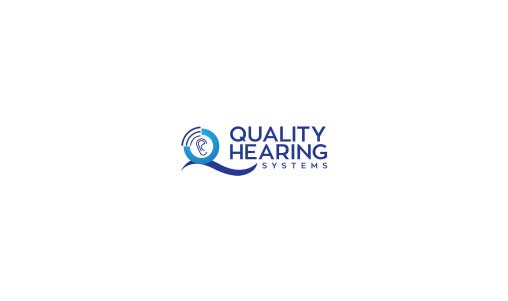Public health officials believe that nearly 26 million people across the U.S. are impacted by noise-induced hearing loss (NIHL). This condition may be permanent or temporary, caused by exposure to dangerous sound levels above 85 decibels. The kinds of noises that can cause noise-induced hearing loss cover anything from day to day city traffic at approximately 85 dB to firecrackers, motorcycles and firearms that can top 120 decibels. Fortunately, there are several types of hearing protection devices available at your local sports or hardware store to match the different sound levels in a variety of situations.
The noise reduction rating system
The Noise Reduction Rating (NRR) is the US standard rating system for the level of protection offered from a specific device.This rating ranges from 0 to 33 dB with the larger rating offering greater hearing protection.
Deciding Between Earplugs and Earmuffs
Electronic earmuffs – Electronic earmuffs cover the entire outer ear with a cushioned insulating material and, while most varieties look the same to non-electronic earmuffs, they are actually very distinctive. Some earmuff designs are better suited to sudden and sporadic loud noises, such as gunshots. Other earmuffs come with a built-in 2-way radio system that allows wearers to communicate with each other in dangerous working environments. Still others offer AM/FM radio reception, to provide entertainment when you’re doing noisy work around the yard.
Electronic earplugs – Electronic earplugs are small devices placed inside the ear to obstruct extremes in external noise, while still allowing you to hear normal sounds close to you. Earplugs are able to adjust rapidly to safeguard the wearer against sudden loud noises such as a crash from a cymbal or an exploding firework. Some kinds of plugs can even help a person hear better by allowing lower decibel sounds such as people speaking to pass through clearly while at the same time blocking the louder noises. These are especially useful for hunting and at construction or industrial sites where loud sounds are frequent, but you still need to be able to hear people talking.
 Public health officials believe that nearly 26 million people across the U.S. are impacted by noise-induced
Public health officials believe that nearly 26 million people across the U.S. are impacted by noise-induced